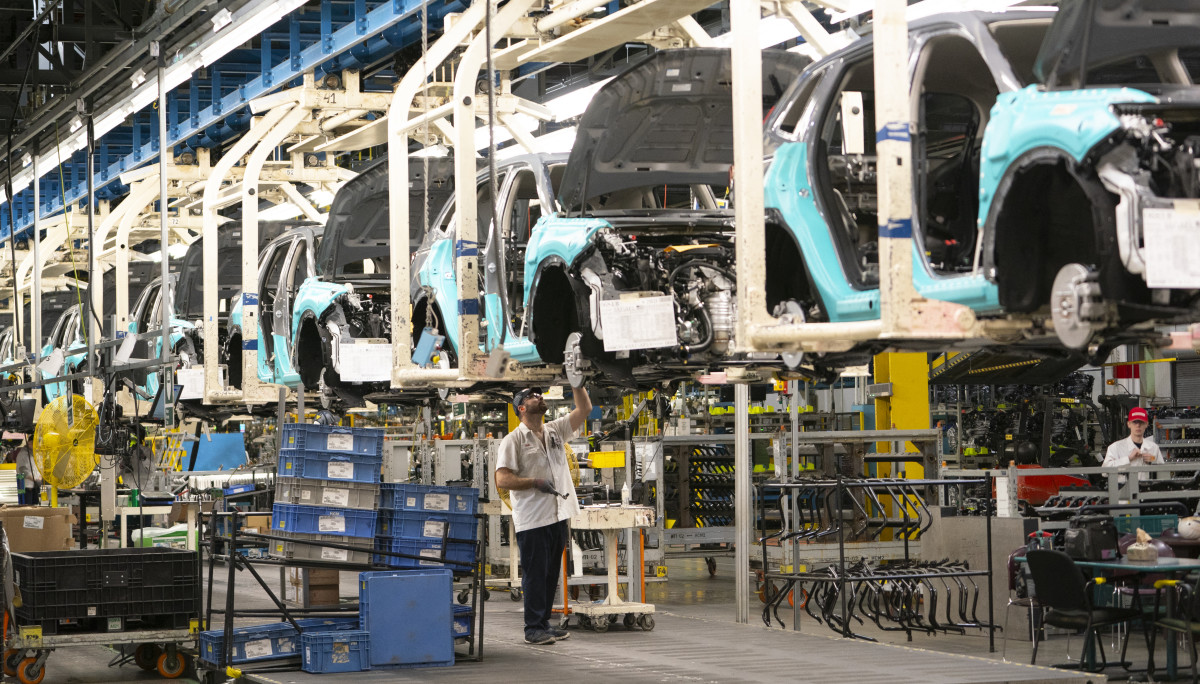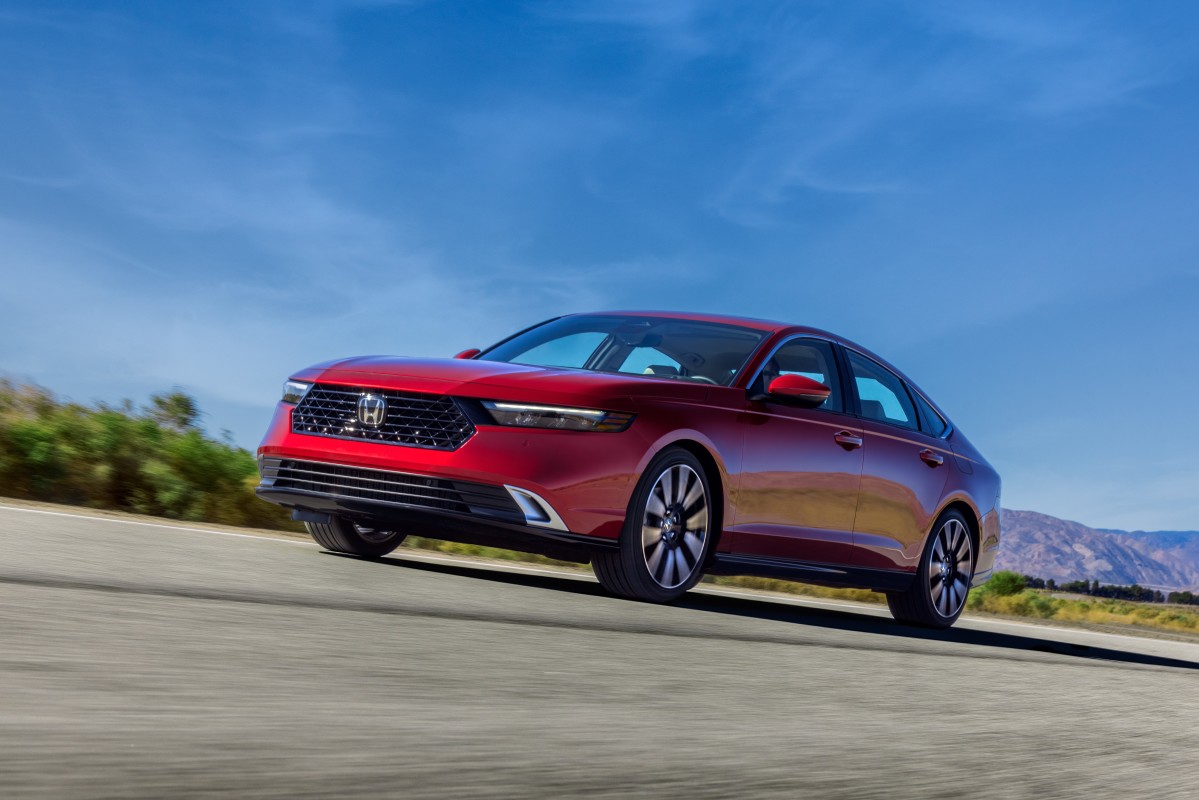U.S. Upsurge

Honda’s plans to ramp up car production in the United States are gaining steam as they look to sidestep hefty tariffs imposed by the Trump Administration. For Honda, the move isn’t just about dodging a 25% tariff on imported vehicles and parts, but also about reinforcing its claim over the American market. With its roots firmly planted in the States since 1982, the company aims to move more of its production home. The goal? To boost domestic output by around 30% over the next few years and to have 90% of its U.S. line-up made on American soil.
The Japanese automaker has been considering this shift in response to changing trade dynamics shaped by policies like the United States-Mexico-Canada Agreement (USMCA). By increasing American production, Honda expects savings of up to $4.57 billion annually, a figure too significant to ignore. Such a strategic reshuffle not only minimizes tariff impacts but also showcases Honda’s nimbleness in a swiftly evolving automotive landscape.
Honda’s Layers

Unlike many automakers, Honda is in a unique position given its extensive domestic manufacturing base. The brand was a trailblazer back in the day, kicking things off with its Marysville Auto Plant in Ohio over four decades ago. Today, Honda continues to roll out models like the Accord, Acura TLX, and Acura Integra from this location. Plus, Honda’s sprawling presence spans states like Alabama and Indiana, where models such as the CR-V, Ridgeline, and Odyssey are crafted.
Interestingly, Honda’s production strategy doesn’t just stop at numbers. Documents from the National Highway Traffic Safety Administration (NHTSA) reveal Honda models with some of the highest American and Canadian parts content. For instance, models like the Ridgeline Trailsport are made with 75% regionally sourced parts. It’s a testament to Honda’s blending of local craftsmanship and global engineering excellence.
On the Road
When it comes to the driving experience, Honda vehicles have always brought their A-game. Their cars are known for a harmonious blend of performance, reliability, and comfort. Take the Honda Accord, for instance. It’s renowned for its responsive handling and a smooth ride that’s as enjoyable on city streets as it is on long highway stretches. Thanks to its nimble steering and solid build, it rivals models like the Toyota Camry, offering an engaging drive that maintains Honda’s reputation for reliability.
Models like the Honda CR-V raise the bar in the crossover segment with its spacious interior, advanced safety features, and competent engine lineup. When compared to competitors like the Ford Escape, the CR-V stands out due to its superior gas mileage and versatility. Pair this with Honda’s consistent refinement and it’s easy to see why drivers continue to favor them year after year.
Final Thoughts
In the larger scheme of things, Honda’s production reshuffle is a calculated move within a turbulent global trade environment. While it may not be possible just yet to see a model built entirely on U.S. soil, Honda’s push toward American-made vehicles significantly strengthens its foothold here. And although shifts in trade policies introduce uncertainties, Honda’s long-term vision and swift response to the fluctuating market conditions ensure it remains a leading player on the American asphalt.
The Hennessey Beast
BMW M440i: Open Air Thrill
Future Luxury Off-Road
EU Mulls Pricing Shift
Audi A6: Style Leader